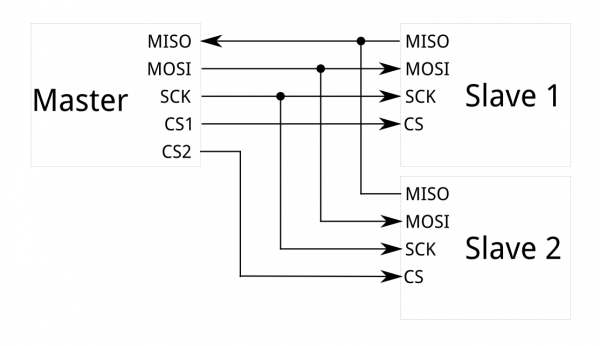
#Nucleo f446re i2c pins driver
Test Reset and Clock Control (RCC) Driver Warning!!! You need to disconnect the cable from GPIO0 (RX PIN) of Arduino board before programming the sketch in other way the programming process will fail.
#Nucleo f446re i2c pins serial
You need to open a Serial Monitor using the Arduino IDE configuring a speed of 115200 baud for receiving this string. You will need to use the USARTRxTx.ino sketch for the Arduino board. This function is placed in the test_usart.c file. You can use the USART3_TxRx API for testing the transmission and reception APIs of the USART driver. You can use the USART3_SendHello API placed in the test_usart.c file which sends the "Hello World" string to the Arduino board, for testing with this API you need to use the USARTRx.ino sketch.
#Nucleo f446re i2c pins code
You need to set TEST_USART to 1 in the test.h file for enabling the code to test the USART peripheral driver. You need to open a Serial Monitor using the Arduino IDE configuring a speed of 9600 baud for sending the commands from Arduino as master.įor testing the USART driver you need to use the Nucleo board, an Arduino UNO board and also a logic level converter due to the Nucleo board works with 3.3V PIN level and Arduino UNO board works with 5V PIN level. For this test you need to use the I2CMstRx.ino sketch. You can also test the I2C driver in slave mode, you need to set the I2C_MASTER define to 0 in the test_i2c.c file. If you use the I2C1_SendCmdIT API you will test the transmission and reception using interrupt mode. In this test the Nucleo board is the master so you need to set the I2C_MASTER define to 1 in the test_i2c.c file. These commands are: Command IDįor testing with this API you need to use the I2CSlvCmd.ino sketch.You need to open a Serial Monitor using the Arduino IDE configuring a speed of 9600 baud and you should use also the semi hosting binary for the STM32 microcontroller for watching further information. You can test transmission and reception using the I2C1_SendCmd API placed in the test_i2c.c file which sends two commands to the Arduino board and this will send an answer. You need to open a Serial Monitor using the Arduino IDE configuring a speed of 9600 baud for receiving this string. You can use the I2C1_SendHello API placed in the test_i2c.c file which sends the "Hello World" string to the Arduino board, for testing with this API you need to use the I2CSlvRx.ino sketch.

You need to set TEST_I2C to 1 in the test.h file for enabling the code to test the I2C peripheral driver. You need to open a Serial Monitor using the Arduino IDE configuring a speed of 9600 baud for typing the string, and you need to use the semi hosting binary for the STM32 microcontroller in order to watch the received string.įor performing all these tests you need to follow the connection diagram below:įor testing the I2C driver you need to use the Nucleo board, an Arduino UNO board and also a logic level converter due to the Nucleo board works with 3.3V PIN level and Arduino UNO board works with 5V PIN level. In this test you will send a string typed in the Serial Monitor of the Arduino IDE to the Nucleo board, and it will be printed in a terminal using semi hosting. You need to open a Serial Monitor using the Arduino IDE configuring a speed of 9600 baud and you should use also the semi hosting binary for the STM32 microcontroller for watching further information.įinally, if you want to test the interrupt mode in the SPI driver you need to use the SPISlvTxIrq.ino sketch.

For testing the command APIs you need to use the SPISlvCmd.ino sketch. You can test the SPI driver in a bidirectional way using the SPI_SendCmds API placed in test_spi.c file or using the different APIs for commands in that file. You can use the SPI2_SendHello API placed in test_spi.c file which sends the "Hello World" string to the Arduino board, for testing with this API you need to use the SPISlvRx.ino sketch. You need to set TEST_SPI to 1 in the test.h file for enabling the code to test the SPI peripheral driver. Arm semihosting enable Test Test SPI Driverįor testing the SPI driver you need to use the Nucleo board, an Arduino UNO board and also a logic level converter due to the Nucleo board works with 3.3V PIN level and Arduino UNO board works with 5V PIN level.


 0 kommentar(er)
0 kommentar(er)
